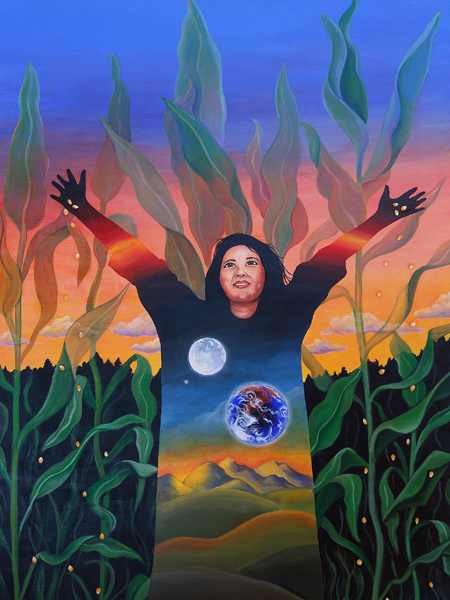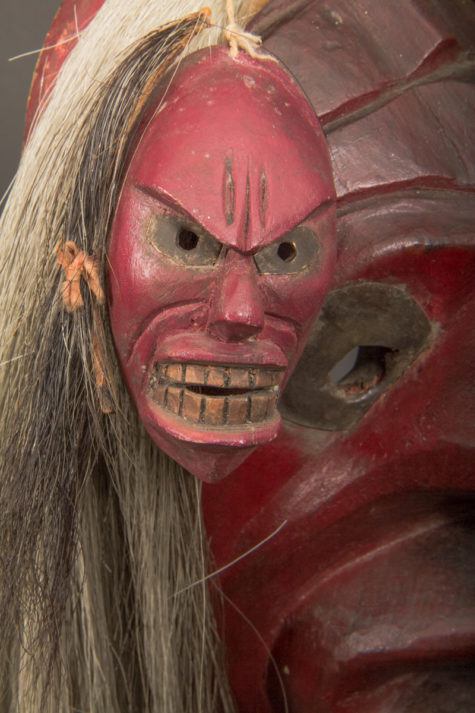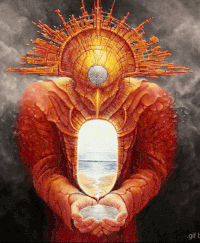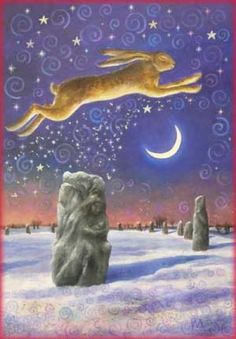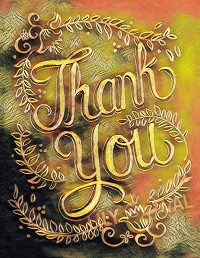Iroquois
An Iroquois Legend
Adapted by Harriet Maxwell Converse
There was a time, says the Iroquois grandmother, when it was not needful to plant the corn- seed nor to hoe the fields, for the corn sprang up of itself, and filled the broad meadows. Its stalks grew strong and tall, and were covered with leaves like waving banners, and filled with ears of pearly grain wrapped in silken green husks.
In those days Onatah, the Spirit of the Corn, walked upon the earth. The sun lovingly touched her dusky face with the blush of the morning, and her eyes grew soft as the gleam of the stars on dark streams. Her night-black hair was spread before the breeze like a wind-driven cloud.
As she walked through the fields, the corn, the Indian maize, sprang up of itself from the earth and filled the air with its fringed tassels and whispering leaves. With Onatah walked her two sisters, the Spirits of the Squash and the Bean. As they passed by, squash-vines and bean-plants grew from the corn-hills.
One day Onatah wandered away alone in search of early dew. Then the Evil One of the earth, Hahgwehdaetgah, followed swiftly after. He grasped her by the hair and dragged her beneath the ground down to his gloomy cave. Then, sending out his fire-breathing monsters, he blighted Onatah’s grain. And when her sisters, the Spirits of the Squash and the Bean, saw the flame- monsters raging through the fields, they flew far away in terror.
As for poor Onatah, she lay a trembling captive in the dark prison-cave of the Evil One. She mourned the blight of her cornfields, and sorrowed over her runaway sisters.
“O warm, bright sun!” she cried, “if I may walk once more upon the earth, never again will I leave my corn!”
And the little birds of the air heard her cry, and winging their way upward they carried her vow and gave it to the sun as he wandered through the blue heavens.
The sun, who loved Onatah, sent out many searching beams of light. They pierced through the damp earth, and entering the prison-cave, guided her back again to her fields.
And ever after that she watched her fields alone, for no more did her sisters, the Spirits of the Squash and Bean, watch with her. If her fields thirsted, no longer could she seek the early dew. If the flame-monsters burned her corn, she could not search the skies for cooling winds. And when the great rains fell and injured her harvest, her voice grew so faint that the friendly sun could not hear it.
But ever Onatah tenderly watched her fields and the little birds of the air flocked to her service. They followed her through the rows of corn, and made war on the tiny enemies that gnawed at the roots of the grain.
And at harvest-time the grateful Onatah scattered the first gathered corn over her broad lands, and the little birds, fluttering and singing, joyfully partook of the feast spread for them on the meadow-ground.
The False Face Society is the best known of many medicinal societies among the Iroquois. The society is best known for its dramatic wooden masks, the “false faces.” The masks are used in healing rituals which invoke spirits and a dream world. Those cured by the society become members. Also, echoing the significance of dreams to the Iroquois, anyone who dreams that they should be a member of the society may join.
The masks are considered to be living and breathing. They are fed with cornmeal ‘Mush’ and they accept gifts of tobacco as payment for rituals. The design of the masks is somewhat variable, but most share certain features. The masks have long, black, reddish brown, brown, grey or white horse hair. Before the introduction of horses by the Europeans, corn husks and buffalo hair were used. The eyes are deep-set and accented by metal. The noses are bent and crooked. The other facial features are variable. The masks are painted red and black. Most often carry pouches of tobacco on their foreheads and/or nostrils. Basswood is usually used for the masks although other types of wood are sometimes used.
When making a mask, an Iroquois man walks through the woods until he is moved by a spirit to carve a mask from the tree. The spirit inspires the unique elements of the mask’s design and the resulting product represents the spirit itself. The masks are carved directly on the tree and only removed when completed. Masks are painted red if they were begun in the morning or black if they were begun in the afternoon. Red masks are thought to be more powerful. Masks with both colors represent spirits with “divided bodies.
A story about False Face can be found here: The Story of False Face
